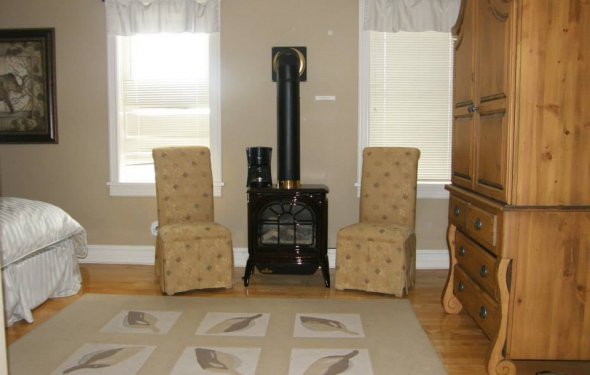Free cable television

Public-access television is traditionally a form of non-commercial mass media where the general public can create content television programming which is narrowcast through cable TV specialty channels. Public-access television was created in the United States between 1969 and 1971 by the Federal Communications Commission (FCC), under Chairman Dean Burch, based on pioneering work and advocacy of George Stoney, Red Burns (Alternate Media Center), and Sidney Dean (City Club of NY).
Public-access television is often grouped with public, educational, and government access television channels, under the acronym . PEG channels are typically only available on cable television systems.
Distinction from PBS
In the United States of America, the Public Broadcasting Service (PBS) produces public television, offering an educational television broadcasting service of professionally produced, highly curated content. It is not public-access television, and has no connection with cable-only PEG television channels. Although non-commercial educational television bears some resemblance to the of PEG, PBS bears little resemblance to public-access television.
The PBS service generally does not offer local programming content. Instead, it broadcasts content produced for a national audience distributed via satellites. There is no generally accepted right of access for citizens to use broadcast studio facilities of PBS member stations, nor right of access by community content producers to the airwaves stewarded by these television stations outside of some universities or technical colleges such as Milwaukee's Milwaukee Area Technical College, which owns the area's two PBS member stations and offers students the limited ability (within FCC guidelines) to produce their own programs to air on a public television station for television production experience. These qualities are in stark contrast to PEG channel content, which is mostly locally produced, especially in conjunction with local origination studio facilities. And in the case of the , Public-access television, the facilities and channel capacity are uncurated free-speech zones available to anyone for free or little cost.
Since 53% to 60% of public television's revenues come from private membership donations and grants, most stations solicit individual donations by methods including fundraising, pledge drives, or telethons which can disrupt regularly scheduled programming. PBS is also funded by the federal government of the United States.
Do not live TV, participate in automatic driving lessons nuneaton. Movement is our everything!
History
In the United States, public-access television is an alternative system of television which originated as a response to disenchantment with the commercial broadcasting system, and in order to fulfill some of the social potential of cable television.
First pioneers
The first experiments in public-access television and/or non-commercial community television began in 1968 with Dale City, Virginia's Dale City Television (DCTV) and 1970 with Bob & Janeen Burrel at Stoughton, Wisconsin's WSTO TV.
Also, at that same time in New York City, Fred Friendly, head of the Cable TV and Communications Commission, made recommendations for a leased-access channel for public use. The rent for equipment usage and studio time was opposed and later dropped. This free-access requirement was the contractual beginnings of PEG.
Filmmakers George Stoney, and Red Burns (who had served on the Canadian Film Board), along with Sidney Dean (City Club of NY), were instrumental in developing the theoretical legal basis and the practical need for public-access television, and helped to eventually obtain public-access television requirements in the franchise agreement between the city government and the cable company.
The legal basis of the local municipality regulating cable companies—which use public rights-of-way in order to make profits—to meet certain minimum standards of public service requirements, i.e., facilities and equipment, channel capacity, and funding, came out of this work of these pioneers.
Local origins
In 1969, in the First Report and Order, the FCC stated,
"no CATV system having 3, 500 or more subscribers shall carry the signal of any television broadcast station unless the system also operates to a significant extent as a local outlet by cablecasting and has available facilities for local production and presentation of programs other than automated services."
In a report filed with this regulation, the Commission said,
"[We] recognize the great potential of the cable technology to further the achievement of long-established regulatory goals in the field of television broadcasting by increasing the number of outlets for community self-expression and augmenting the public's choice of programs and types of services. . . . They also reflect our view that a multi-purpose CATV operation combining carriage of broadcast signals with program origination and, might best exploit cable channel capacity to the advantage of the public and promote the basic purpose for which this Commission was created:"
In 1971, this rule was rescinded, and replaced with a requirement for PEG facilities and channel capacity. The concept of local programming persisted, however the rules have been modified to say.
|
HDTV Antenna and Amplifier, Liger 50 Mile Range Ultra-Thin Indoor Antenna and Antenna Amplifier - Receive HD Television Signals for Free - Includes 10 ft Coaxial cable, Adhesive and Stand. Speakers (Liger)
|
|
|
TV Without Cable: Watch All The TV You Want For Free! - The Ultimate Guide To Streaming And Over-The-Air TV! (Streaming, Streaming Devices, Over-the-Air Free TV) eBooks |